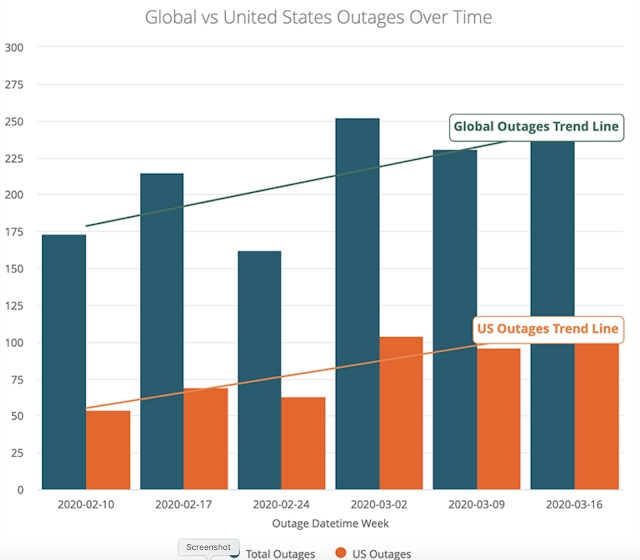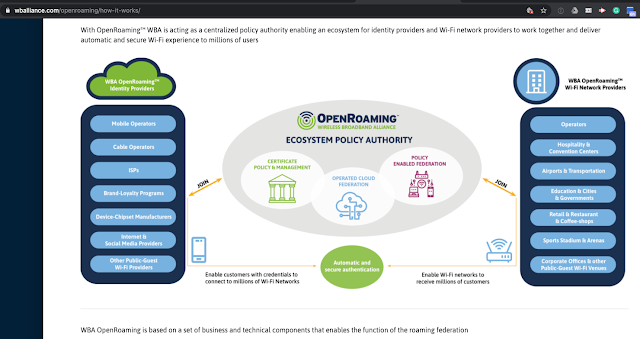The effects of COVID-19 simultaneously catalyzed demand for transport equipment and paralyzed supply chains worldwide during the first quarter of 2020, according to Cignal AI’s latest Transport Hardware Report. Results show that sales of optical and packet hardware varied dramatically by region, product category, and vendor.
“Demand for equipment is solid right now, with one major operator reporting that 70% of its annual capex budget has already been spent,” said Scott Wilkinson, Lead Analyst at Cignal AI. “Operators are shifting demand forward to build capacity and inventory, and a decline in demand is likely to follow in the second half of the year.”
During Q1 2020, network operators accelerated orders and installations of new equipment to deal with vastly increasing network demand. Not all orders were intended for immediate deployment; operators also wanted extra inventory readily available in uncertain times. However, disruption in the component supply and equipment manufacturing chain, as well as travel and shipping restrictions prevented equipment companies from satisfying demand. Consequently, individual equipment vendor results varied depending on the sourcing of components and manufacturing.
Additional 1Q20 Transport Hardware Report Findings:
- Most equipment vendors claimed a 5-10% reduction in sales due to COVID-19 operational issues. While demand sharply increased, the inability to get parts, manufacture, and deliver equipment reduced sales in all areas. This reduction was particularly true for sales of packet equipment by vendors such as Juniper Networks.
- Ciena, Cisco, Infinera, and Nokia all gained 20% or more in YoY optical transport sales in North America this quarter. Packet sales in the region were down significantly, with supply chain issues compounding a continued drop in demand from service providers.
- Transport equipment sales in China declined in the double digits as network operators and suppliers contended with increased network traffic demands and complex supply chain issues.


























